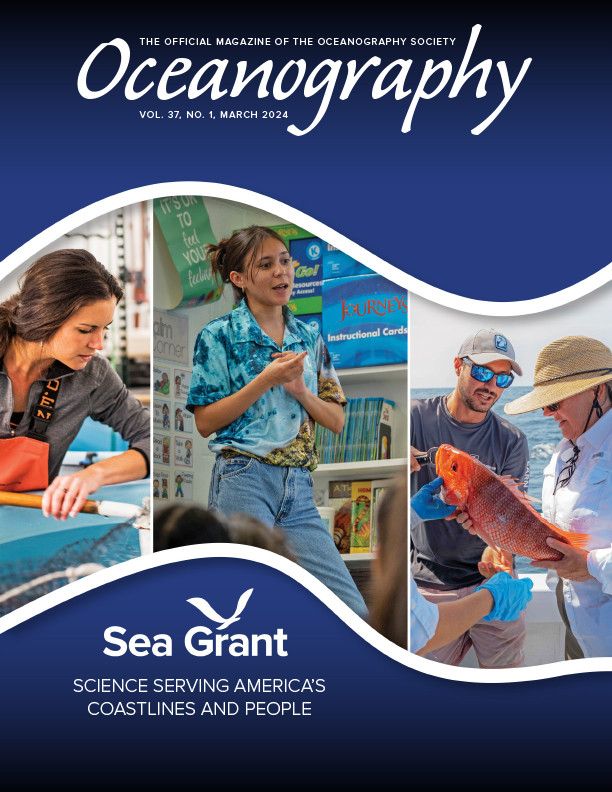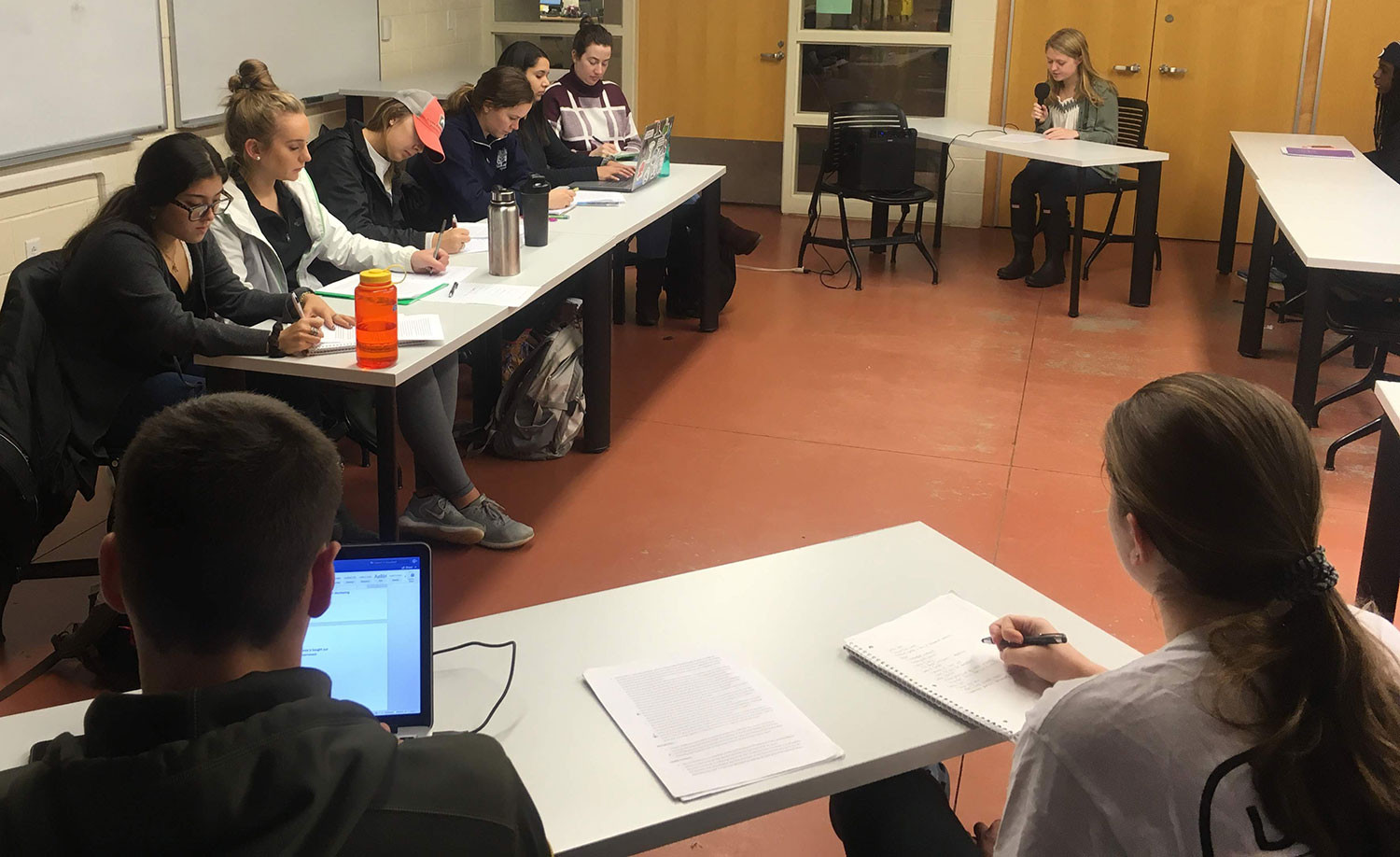Full Text
The University of Connecticut’s Climate Corps (https://climate.uconn.edu/climate-corps/) is an undergraduate program in which students participate in a class on climate change impacts and adaptation, followed by an independent study (IS) working on climate adaptation projects with community partners. Since its beginning in 2017, 130 students have participated in the academic course, and 76 have continued with the IS, completing 38 projects with 28 community partners.
During the academic semester, students learn about and discuss impacts of climate change, how municipal governments operate, adaptation solutions and barriers to their implementation, and the ongoing impacts of racial injustice.
For the IS semester, students work with community partners and instructors on climate adaptation projects, gaining real-world experience in developing a product that is often a focal point in job interviews or advanced degree applications (see https://climate.uconn.edu/climate-corps/projects/). In a survey of responding community partners, descriptions of their use of students’ work include sharing projects with the community, incorporating results in grant proposals, and building on student projects to further climate resilience (Safley and Pasley, 2023).
|
|
While originally designed to provide towns with much needed assistance in moving adaptation efforts forward, workforce development is an equally strong component. In a post-graduation survey, 64% of responding students said that participation in the Climate Corps influenced their decisions to work in environmental fields, and 61% reported being actively engaged in addressing environmental issues as citizens. For graduates not currently in environmental positions, 87% of respondents said they would like to be in climate-related positions (Pasley, 2022).
A collaboration of the Connecticut Sea Grant College Program, the University of Connecticut’s Center for Land Use Education and Research, and numerous other university departments and offices, the Climate Corps is now part of a larger program called the Environment Corps (E-Corps) that includes a Stormwater Corps and a Brownfield Corps. Future plans are for the E-Corps to continue at the University of Connecticut and expand into new areas such as a GIS/Mapping Corps. For those interested in developing a similar program, more information is available at https://ecorps.initiative.uconn.edu/adapting-e-corps-model/.


